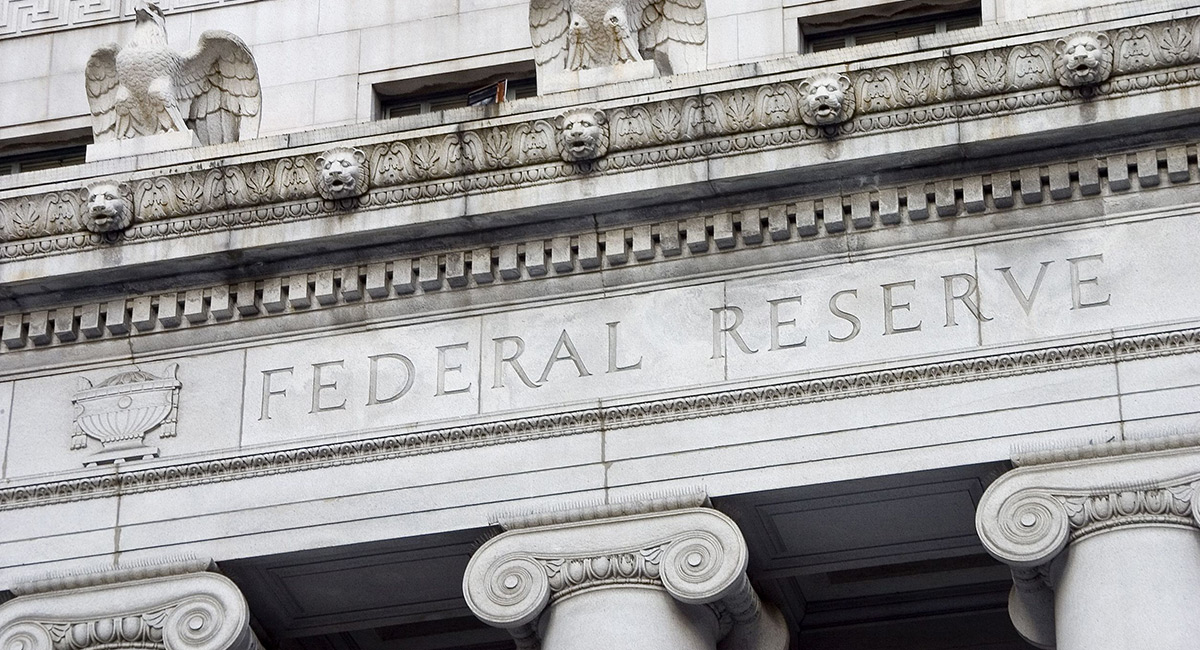The Federal Reserve’s seeming willingness to provide inexhaustible financing of U.S. government debt is raising concerns about future inflation. Record-breaking growth in the money supply from the Fed’s quantitative-easing bond purchases threatens price stability. But an even greater risk—one that goes to the heart of economic opportunity under democratic capitalism—is the effect of Fed decisions on private bank lending.
Banking institutions have traditionally provided the pipeline that routes loanable capital to businesses and households. Yet commercial banks are increasingly opting to reduce the share of total assets devoted to loans while expanding their holdings of Treasury debt and government-backed mortgage securities.
The 25 largest U.S. banks currently hold 45.7% of their assets in loans and leases, according to Fed data released Friday, down from 54.1% this time last year. Meantime, their year-over-year holdings of Treasury and agency securities increased 33.5%. This reflects more-stringent borrowing standards and diminished loan demand. But it also reveals a subtle yet persistent change in how banks operate.
Banks have pulled back from making risky loans in favor of engaging more directly with the Fed—avoiding the type of lending that spawned stricter regulatory standards after 2008 while readily accommodating the Fed’s expressed satisfaction with an “ample reserves” regime.









